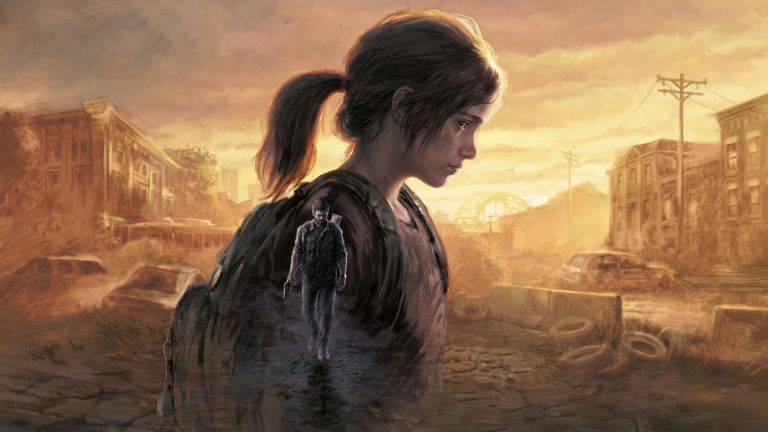The Last of Us, Wii Sports, and a Surprising ’90s Title Join Video Game Hall of Fame
Some undisputed classics just joined the Video Game Hall of Fame, but one surprising title is certainly standing apart from the rest.

The World Video Game Hall of Fame lacks the popular authority of other Hall of Fames, but the organization usually recognizes games worthy of that “Hall of Fame” label. On occasion, though, they’ll also induct games that can be quite…surprising. This year’s inductees included titles from both of those categories.
The 2023 World Video Game Hall of Fame committee recently announced that four new games will join their official collection and soon be on display at The Strong National Museum of Play. To show you how tough the competition can be, consider that games like GoldenEye 007, Call of Duty 4: Modern Warfare, and Quake were all finalists for induction this year but were ultimately not selected.
Ultimately, the four games selected were The Last of Us, Wii Sports, Computer Space, and Barbie Fashion Designer.
Speaking just for myself, I wasn’t surprised by the first three games on that list. The Last of Us is a groundbreaking video game narrative experience, Wii Sports is the best-selling Nintendo game ever, and Computer Space is generally considered to be the first proper arcade game. As for Barbie Fashion Designer…well, that one did catch me by surprise.
For the record, I knew of Fashion Designer prior to hearing this news but had no personal memories of it. It should also be noted that the Hall of Fame uses Icon Status, Longevity, Geographical Reach, and Influence as its primary pieces of selection criteria. So far as that goes, here’s what collections manager Kristy Hisert had to say regarding why Barbie Fashion Designer made this year’s class:
“Barbie Fashion Designer became a jumping-off point for the girls’ games movement and shook up the software and gaming scene. It also sparked important questions and debates. What does it mean to be a game for girls? Should there even be games ‘for girls’? What are the implications of these games? What are the consequences of gendering games?”
If Hisert seems a little uncertain regarding the answers to some of those questions…well, that’s because that seems to be part of Fashion Designer‘s legacy. Even at the time of its 1996 release, the PC game (which allows you to design digital outfits and even print them out) was somewhat divisive. There were concerns that it perpetuated certain stereotypes and suggested that girl gamers wouldn’t care about games that didn’t feed into those stereotypes. Of course, similar concerns were once raised about the entire Barbie product line.
However, Barbie Fashion Designer was an incredible success. Exact sales figures from that time can be shaky, but it’s widely believed that Barbie Fashion Designer sold as many as 500,000 copies in just a couple of months. It was a bonafide bestseller that outperformed some incredible competition. As Hisert points out, it also opened new doors for games aimed at certain sections of the female gamer demographic (most notably, younger female gamers). Actually, much like the NES, Barbie Fashion Designer was initially marketed as more of a toy than as a PC game in order to reach otherwise potentially wary consumers.
Granted, that’s where we circle back to the debate portion of the program. Even still, you don’t have to look hard to find the games that followed in Fashion Designer‘s footsteps. Variety is an essential part of a healthy gaming industry, and Fashion Designer certainly helped show that there were certain types of games (and gamers) that were being ignored or just weren’t being taken seriously.
So while there may be debates about the game itself and its selection ahead of some other titles, I know I had to plead ignorance about the legacy of Fashion Designer when I heard this news. It was successful, it was impactful, and it most certainly left a lasting impression on a generation of gamers that other games simply did not. It seems to fit the Hall of Fame’s criteria, and I know it gave me an excuse to learn a little more about a game I would have otherwise probably never really thought about again.
